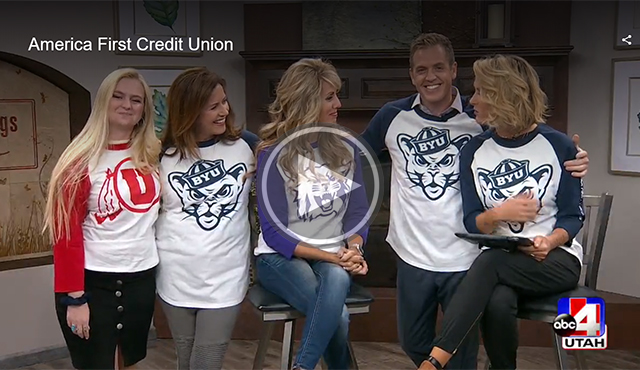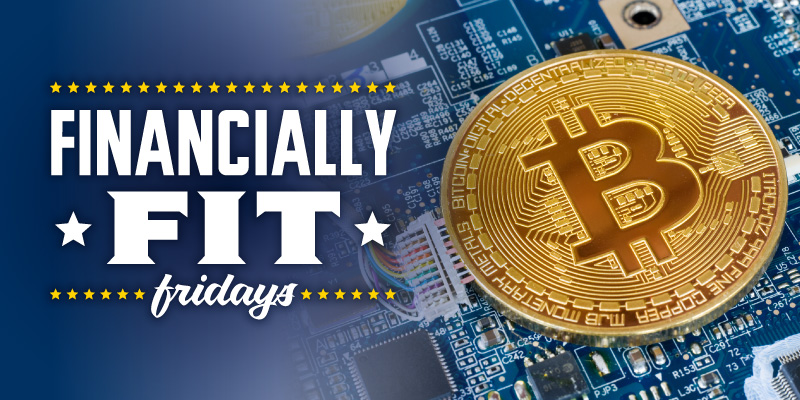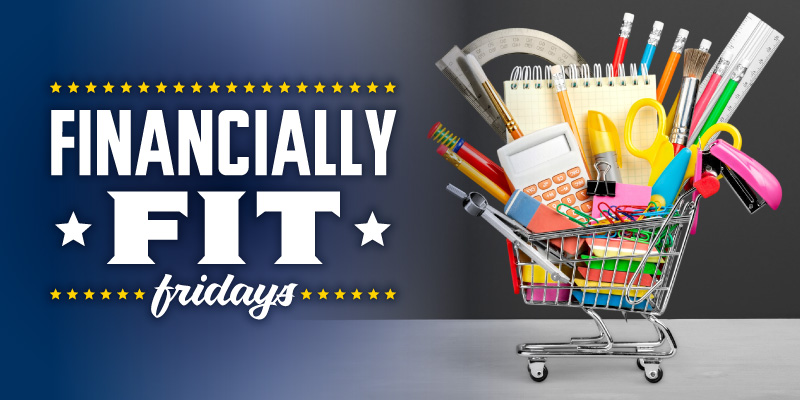Some people have never gone on a cruise because they think it’s too expensive. However, when you consider that the room, the food, and the entertainment are all included with the price of your ticket, the cost is comparable to other vacations. If you want to save some additional money on your nautical voyage, here are some tips.
Right place, right time
Cruises range from luxury liners to economy trips—and the cost can vary even more depending on the time of year. Decide where and when you’d like to travel, then look for the cruise line that will give you what you want for the best price. You’ll save some extra money if you go during the off-season, which is typically late spring or early fall.
You can also spend less by either planning far ahead or waiting until the last minute. Some companies will offer early-bird specials for those who book their trip more than a year in advance. On the flip side, when the sail date approaches and the companies want to fill their cabins, some will drop their prices or add incentives to attract passengers, such as additional credits, room upgrades, and complementary amenities. Keep your eye on the prices throughout the year and note what’s included—then you’ll know when you’re getting a good deal.
When creating your budget, don’t forget to factor in the price of traveling to the ship’s location, which is not included with the price of a cruise. Consider using a travel agent—they usually know about the best deals and can bundle your admission with things like airfare and a hotel room, if necessary. Or pick a port close to home to save on travel costs.
Prioritize your perks
Determine what is a want and what is a need before you book your tickets. For example, it would be nice to have a large, private veranda where you can watch the ship pull away from the port, but you can also do this up on the deck. Inside state rooms are cheaper than ones with a view, and you only really need them for sleeping and getting ready. Plus, if you easily get seasick, inner rooms are usually more stable, too.
Many cruisers blow their vacation budget on unnecessary extras. There’s really no need to upgrade for fancy dining when buffets are included with the price of your ticket. Tap water, coffee and juices are usually free, but soda or alcoholic beverages will add up on your final bill. A wireless connection while you’re out to sea can also put you over budget. Unplug while you’re on the ship in order to save money. If you need to check your messages, find a café with a free Wi-Fi on the shore while the boat is docked.
When it comes to shore excursions, you don’t have to purchase the packages offered by the cruise line. You can enjoy a day on the beach, go on a hike and explore the port on your own. If you’re going to buy souvenirs, you can probably get them for cheaper by bargaining with vendors on land than you could in the ship’s gift shop. However, if you’re hungry, you should go back to the boat to get some food, since you’ve already paid for it.


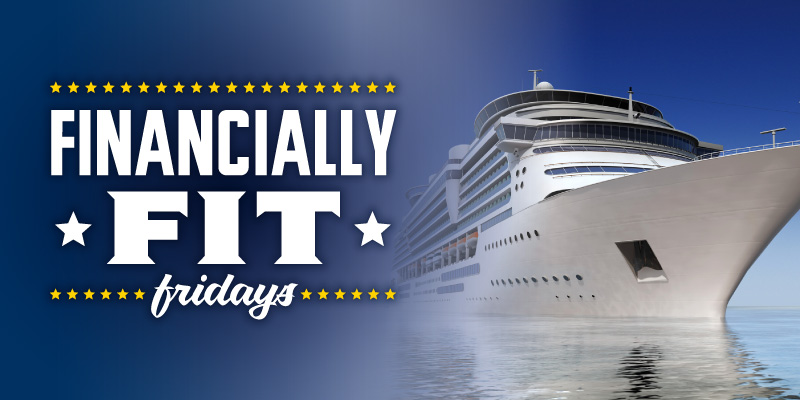
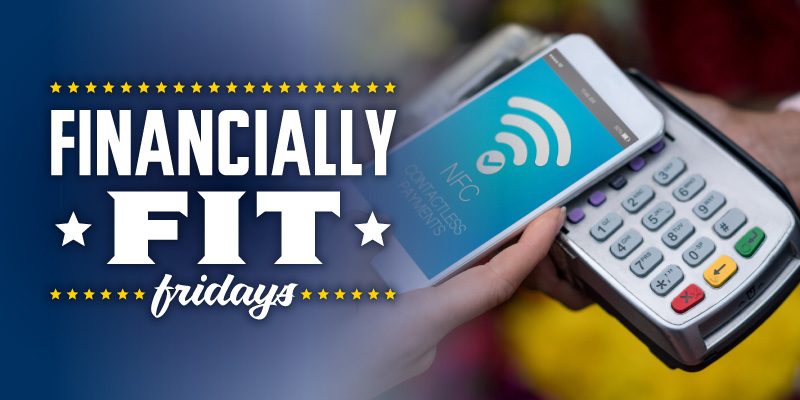
 By Rich Syme, Executive Vice President, Digital & Contact Center Delivery-Product Management
By Rich Syme, Executive Vice President, Digital & Contact Center Delivery-Product Management
